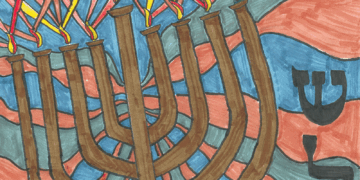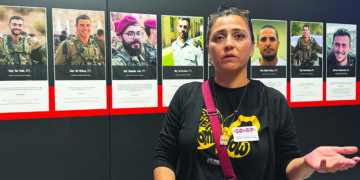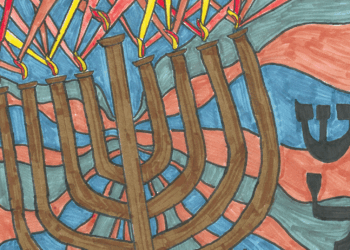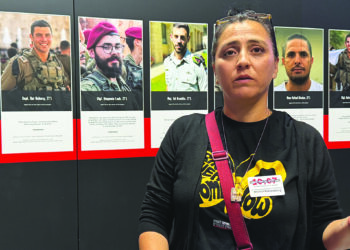Reviewed by LISA WALKER
Growing up as a young Jewish girl in the 1970s, I looked forward to the Purim celebration at my shul. There would be a Megilla reading, costumes, and prizes! The weirdly named groggers were hard to use at first, but by the time I was eight, I was swinging mine expertly at every mention of Haman’s name. Mostly, I loved staying up late on a school night and dressing up as Queen Esther. Carrying a homemade wand, tipped with a gold-foil covered Jewish star, I was the closest I could get to being a Disney princess.
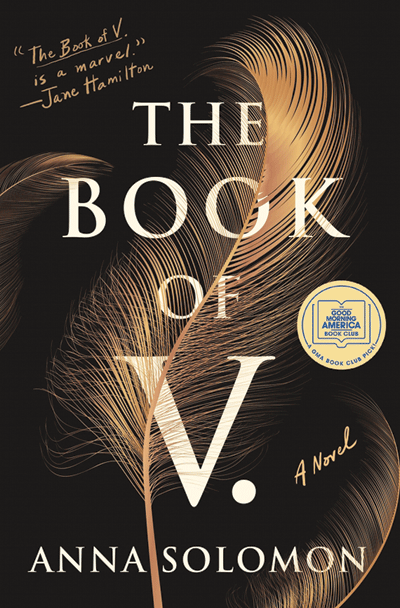
But after I turned eight, Purim started to bother me. The central story just didn’t make sense. I understood that Haman was a villain who wanted to kill the Jews (disturbing, to put it mildly, but I had begun hearing about such things), but that was about it. The question that never got a straight answer from the adults was, “What exactly did Vashti do wrong?”
The story hinges on her alleged moral depravity juxtaposed with Esther’s heroism; but how could a little girl make sense of why Vashti deserved to die, just because she wouldn’t dance for the king? And if the king was coming for Esther next, why didn’t Esther flee? What could be Esther’s worrisome fate beyond the close of the story, even though she succeeds in saving the Jewish people?
As the years have gone by, I have looked at the story afresh, guided by commentaries that explore the narrative from many angles. But still, the fundamental plot remains inscrutable, something I regarded ambivalently even as a mom taking my now-grown children to Megilla readings. What kind of propaganda was I passing on? I wondered.
Anna Solomon’s novel, The Book of V., brings Vashti and Esther into the light together, reconciling their differences and restoring their human wholeness. Solomon elucidates these characters through three parallel stories that eventually converge: a fantastical reimagining of the Book of Esther; the tale of Vee, a repressed Washington political wife, circa 1973; and the running monologue of Lily, the dutiful present-day Brooklyn mother who is haunted by the mystery of her husband’s fiery ex-wife, the Vashti to her Esther.
In all three stories, versions of Vashti and Esther emerge from the skeletal story and are contextualized in their current worlds, which remain oppressively sexist even to the present. The central characters are nearly paralyzed by societal norms that keep them forever wondering whether they have value, whether their desires matter, whether they will be emotionally abandoned or physically violated, regardless of whether their partner is selfish or altruistic. It’s not a question of if, really, but when. The threats are both real and imaginary, but always present. Enlightened conversations about marriage and personhood hover around the characters, but never penetrate the real circumstances and disappointments of the women’s lives. For example, despite the fact that young Lily’s mom, emboldened by her Jewish feminist consciousness-raising group, has stitched “A Well-Kept House Is a Sign of an Ill-Spent Life” onto a throw pillow, nothing has really changed for Lily the adult.
She still obsesses about the state of her marriage to Adam, “a very good man” who works for an international humanitarian aid organization, and how she might compare in his mind to the charismatic Vira, his first wife. Each day it is a challenge to pick up the kids from daycare and school before the grace period ends and she must pay a late “donation,” a dollar a minute. Lily decided not to take the college tenure-track position in order to be home with her daughters, so who is she now, really?
This novel “refurbishes” the Purim story by adding characters and situations that pull it together, just like the threads from Lily’s vintage “sew-on-the-go” kit weave their way into her girls’ Purim costumes. The Purim story is imperfect, in need of an actual pattern, but it must be told to the next generation. It must be told because it remains the story. The only choice is to supply the missing material, as does Lily and the novel’s author. The work is to bring in the truth from beyond the margins, stitch by clumsy stitch. Under the tutelage of friends and loved ones, present and past, Lily learns how to sew, to tell a familiar story as bravely and honestly as she can.
***
Lisa Walker lives in St. Paul.


